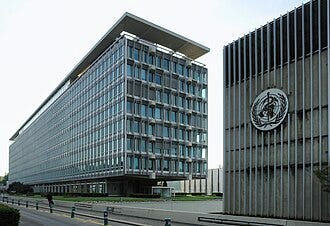In May 2020, the World Health Assembly (WHA) requested the Director-General of the World Health Organization (WHO) to continue working with the World Organization of Animal Health to identify the animal species that had been the source of the virus that caused COVID-19. The World Health Assembly elects the Director-General of the World Health Organization, and it meets once a year to decide policy questions with respect to world health and to review WHO policies. At its first assembly in 1948, WHA had 55 members states; today it has 194 member states.
Why did the WHA frame the task as identifying the zoonotic source of the virus? The reason is that previous scientific investigations of pandemics and endemics pointed to a general pattern in which a virus circulating in a non-human animal species evolves the capacity to infect humans and to transmit among human individuals. Such was the prevailing wisdom in the scien…



